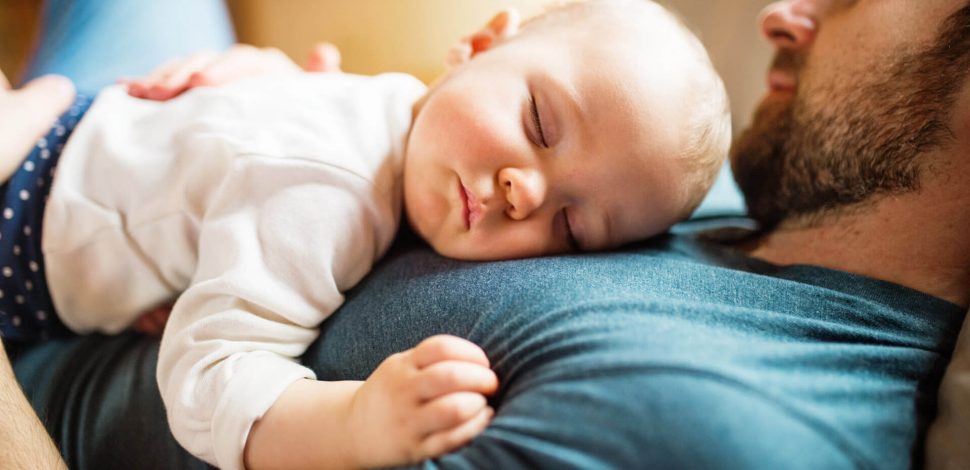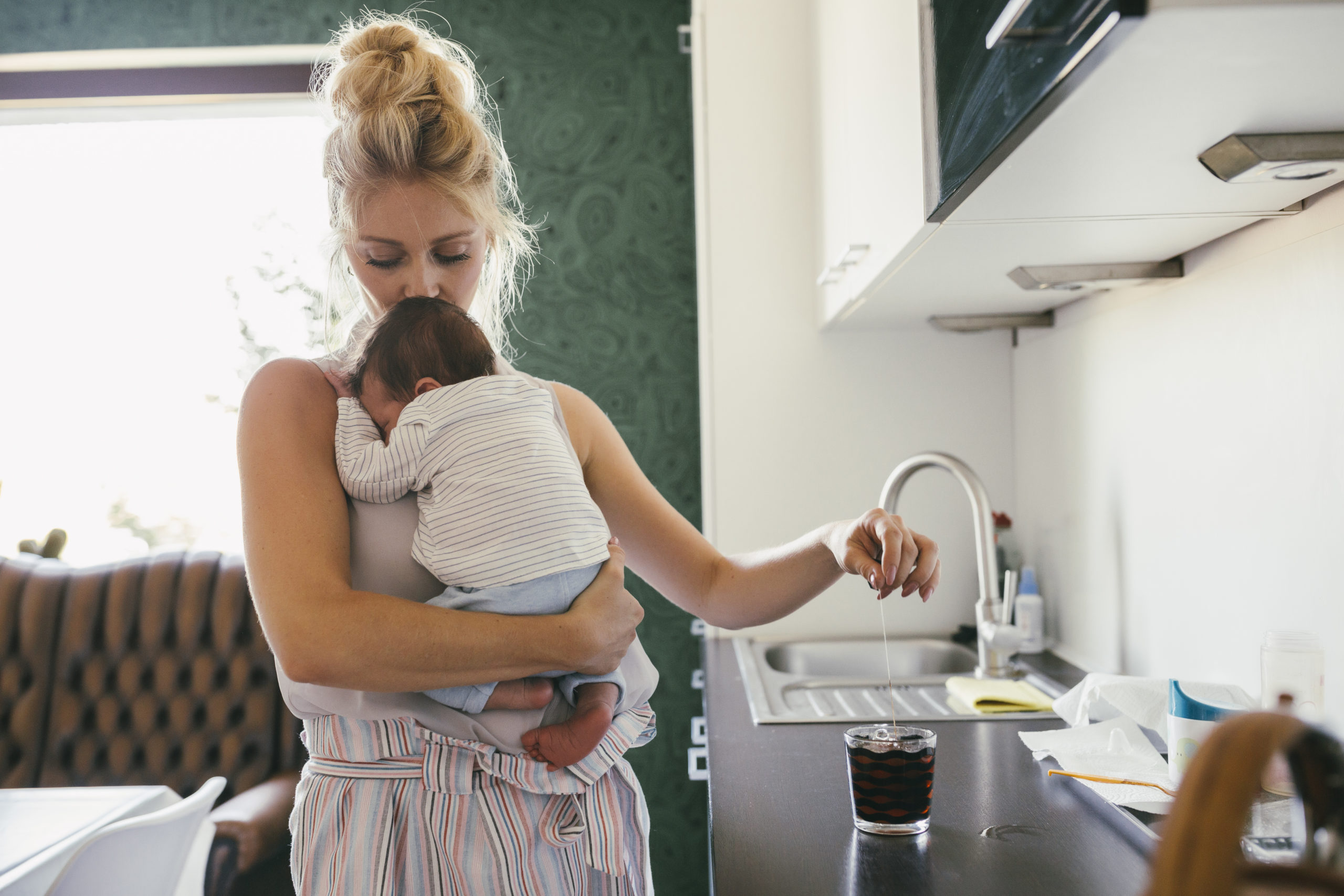Paternity and new parent leave: what does it mean for employees?

News
Paternity and new parent leave: what does it mean for employees?
July 23, 2020
Employees welcoming a new child into the family can take 11 or 18 days of paternity and new parent leave on top of their 3 days of leave at the time of the child’s arrival
Since 2002, employees who are new parents have been entitled to paternity and new parent leave in addition to the three days of leave granted at the time of the child’s arrival.
Paternity and new parent leave: who is eligible?

Eligibility for paternity and new parent leave does not depend on how long an employee has worked for the company or whether their employment is long-term, temporary, part-time or full-time. Any employee living with the new baby’s mother at the time of the child’s birth – as her spouse, her partner in a registered Pacs relationship, or her co-habiting life partner, is eligible. A woman in a same-sex relationship can claim paternity and new parent leave, as can a man who is not the father of the newborn child.
Duration of paternity and new parent leave
The length of paternity and new parent leave is 11 consecutive calendar days, for a single birth, or 18 days for a multiple birth (twins, triplets, etc.). An employee is not required to use the full length of the leave.
The leave must be taken within four months of the child’s arrival.
Since 1 July 2019, if the newborn is admitted to intensive care, employees can extend their paternity leave by 30 days. This special leave is in addition to the paternity and new parent leave lasting 11 or 18 days.

Claiming paternity and new parent leave
Employees must notify their employer at least one month before the start of their leave. They can do this prior to the new child’s arrival. They are advised to do so by certified mail, return receipt requested, or by hand-delivered letter, in exchange for a receipt. The employer cannot refuse the leave.
What about pay during paternity and new parent leave?
To receive pay during paternity and new parent leave, the employee beneficiary must stop working completely. In addition, they must have worked at least 150 hours during the three months before the start of the leave or have paid social security contributions on the equivalent of 1,015 times the minimum hourly wage (€10,302.25 in 2020) over the six months before the start of the leave.
If they meet these conditions, the new parent receives a daily allowance paid by the French national health insurance system during their leave. The amount of the allowance depends on their salary, but it cannot be less than €9.63 per day in 2020 and cannot exceed €89.03 per day.
This article
Maternity leave and employee benefits: what you should know
During an employee’s maternity leave, special rules apply to the reimbursement of their healthcare costs and the validation of their pension entitlements.

Did you like this article? You are visiting the AXA Santé & Collectives website. Browse our site to learn more about our services.


